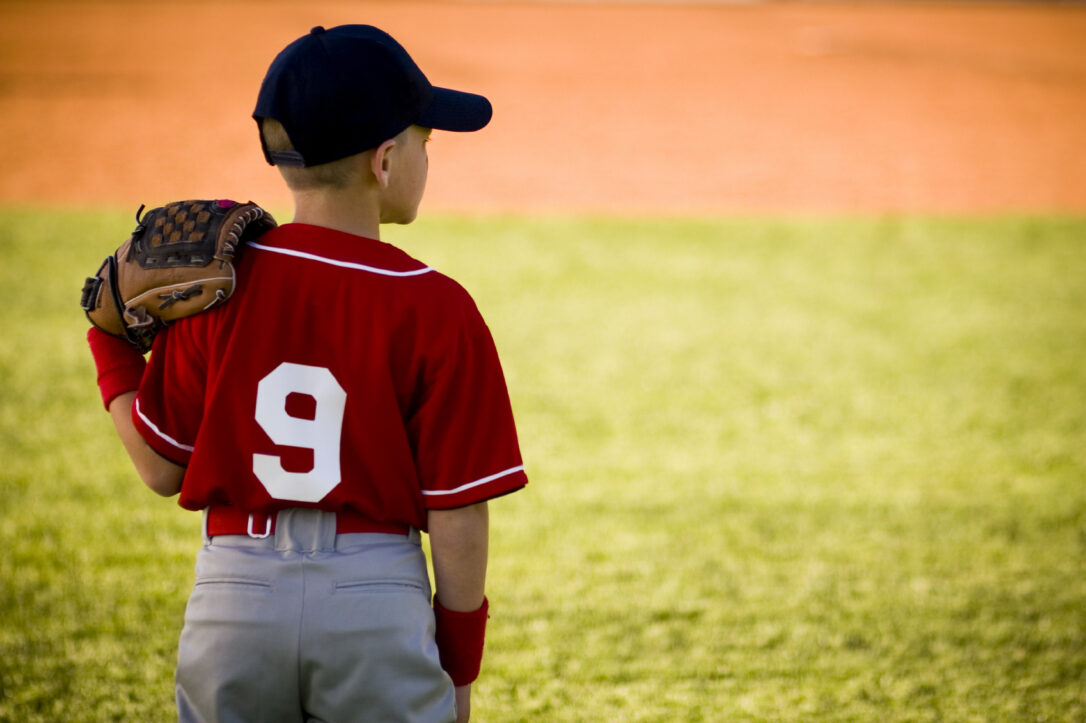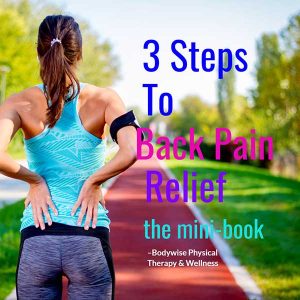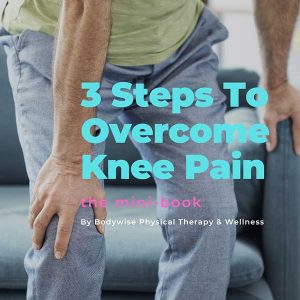How Sports Can Affect Bone Growth
We have all seen the type of pictures like the one above with a Major League pitcher frozen in time either with tv replay or on a magazine. We see the talent and we respect the dedication to the sport. We may ask ourselves if they were born with this talent, did it come through hard work, or maybe a combination of the two. Like many things, science is finding that this is not as black and white as we may think.
Darwin was right about the fact that adaptations occur. Our body will adapt and change with stress. Many times, we see this adaptation associated with injury such as a bone spur. Bone spurs are calcium deposits that can be deposited by the body in areas due to past injury or prolonged strain. But bone adaptation can also occur to prevent injury. Let’s look at the young athlete as an example.
An article published in The American Journal Of Sports Medicine studied youth baseball players of various ages. Out of 287 healthy baseball players studied between the ages of 6-18 it was found that the majority of these players had rotation changes of the humeral bone in their throwing arm. This was not found in their non-throwing side. Meaning that these young athletes’ arms responded to the stresses of throwing a baseball by changing the way their humeral bone grew. Their body adapted specifically to their sport. Interesting enough, their total shoulder range of motion did not change as compared to the non-throwing side. (Hibberd, Oyama, Myers: AJSM ’14)
You may ask if these kids with bone changes are more susceptible to shoulder injuries? Interesting enough, no! It was found that with greater rotation of their humeral bones the less risk for serious injury. In fact, baseball players with fewer bony changes had a smaller incidence of shoulder injuries. (Polster, Bullen, Obuchowski, et al: AJSM ’13) Without this adaptation at an early age, these players would not be able to be successful later-on in their career due to injury risk. In simpler terms, if you did not start playing baseball before the age of 18 (most likely even younger) the chances of a successful career without injury were very low.
At this point you may be thinking that the more bonier rotation seen in our throwing athletes the better. Bring on the abnormal bone growth to keep our baseball players safe! However, as mentioned above a lot of things are not black and white. Yes, there were less shoulder injuries with these athletes, but this same sub-group demonstrated a slight increase in elbow injuries. In addition, bony rotation alone did not predict a lower risk. The throwers shoulder’s full range of motion (internal + external rotation) had to be very similar to their non-throwing shoulder’s full range of motion. When the total range of motion was similar, throwers stayed off the disabled list. (Wilk, Macrina, Flesig, et al: AJSM ’15) For an example, measure your dominant side internal and external rotation ad them together and compare to your non-dominant side. If there is a difference between the two, you may be at risk for injury.
This is not all about throwing atheletes. If bony changes were seen with this, imagine the changes that are occuring in our adolesent atheletes in other sports. Are these as benefitial? Does this lead to less risk for injury later in their careers? Will this result in undue stress on other joints of the body? Further testing and studies are needed to answer these questions.
In conclusion, bony changes the body goes through due to sports can be benefitial if completed early on in life. At least with the throwing athelete. Stress on the body after it’s formative years may lead to injury if the body has not already adapted to this activity. As with many things, being atypical is only abnormal if it falls outside of your body’s normitive values.





















